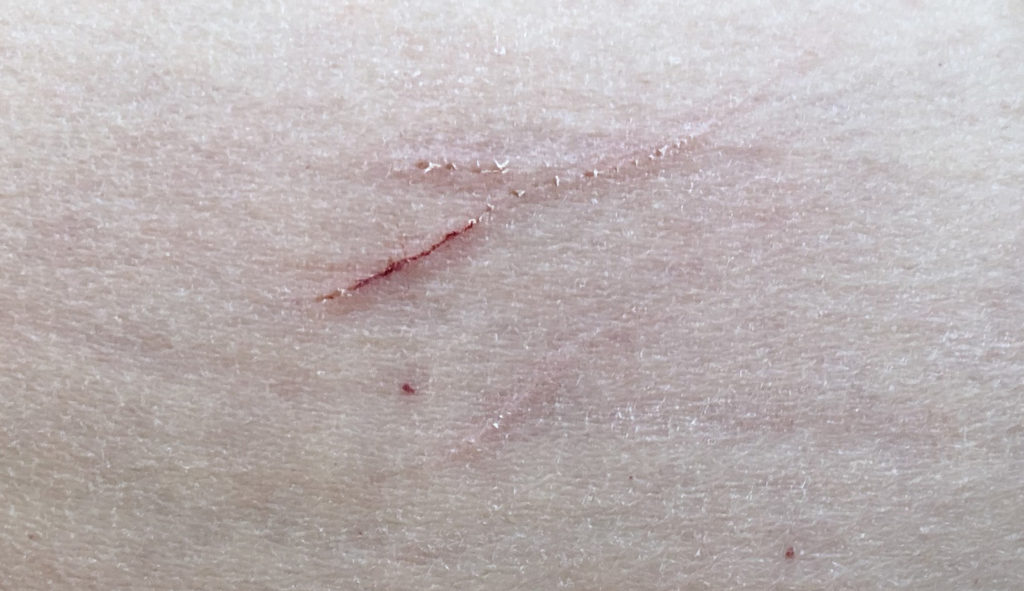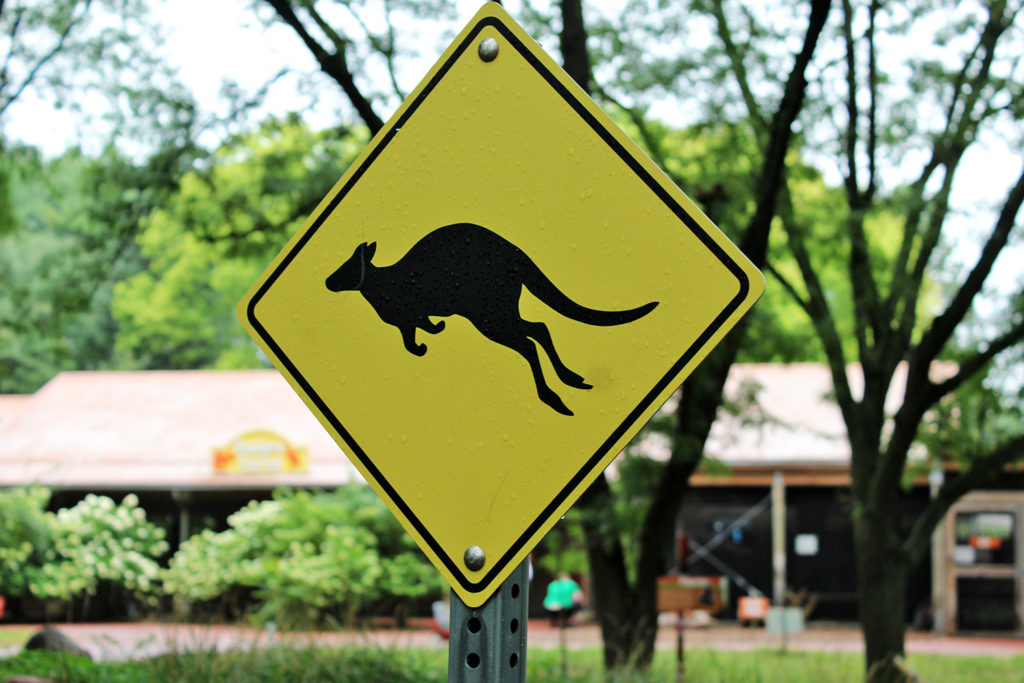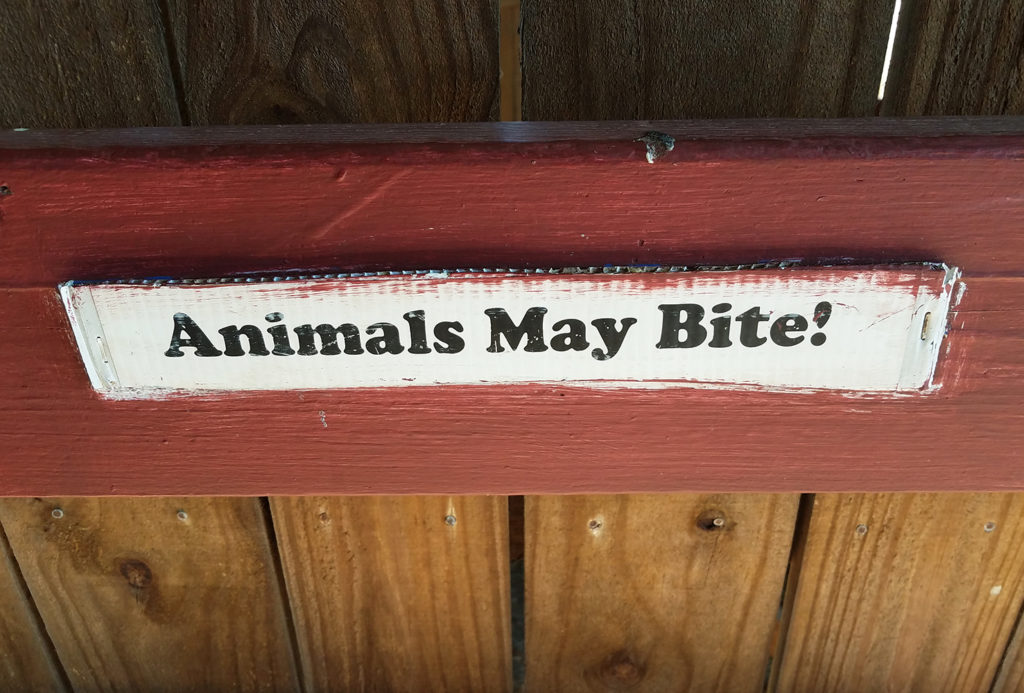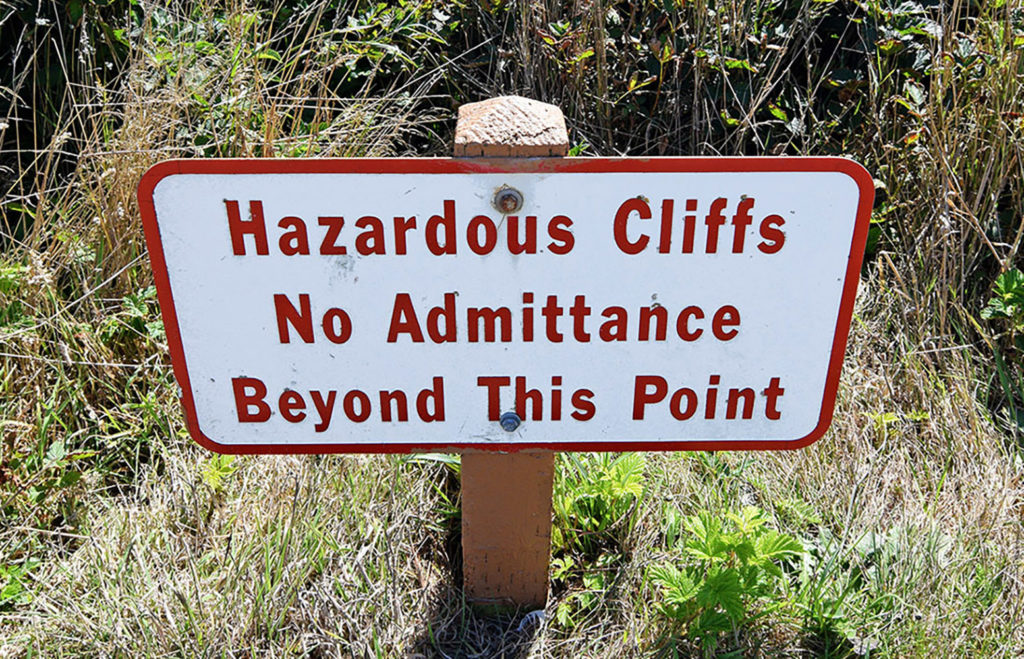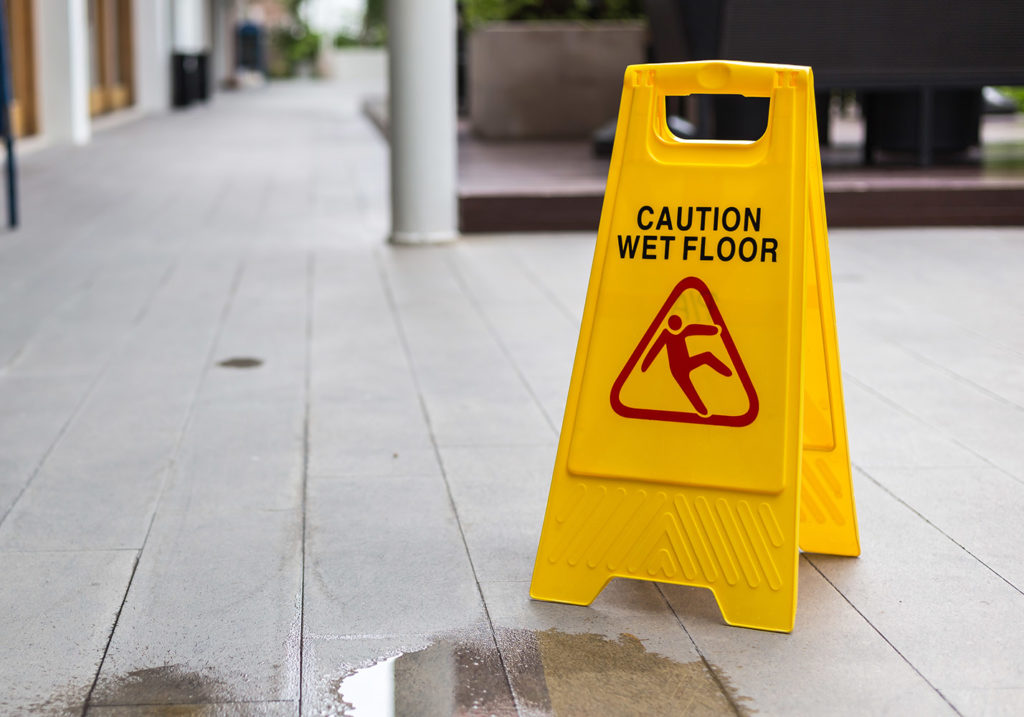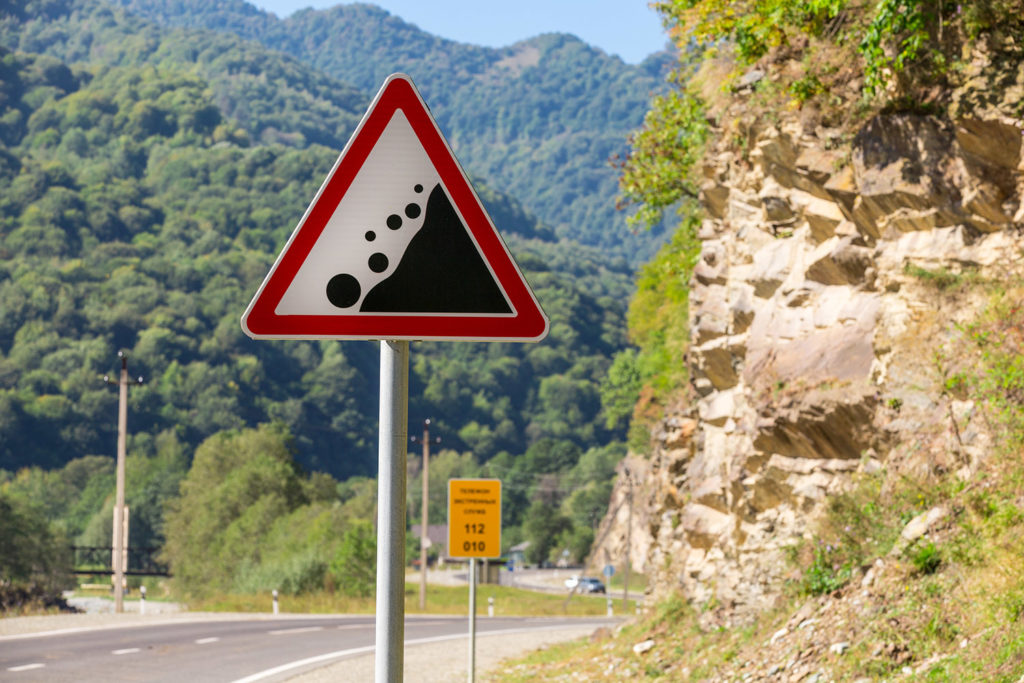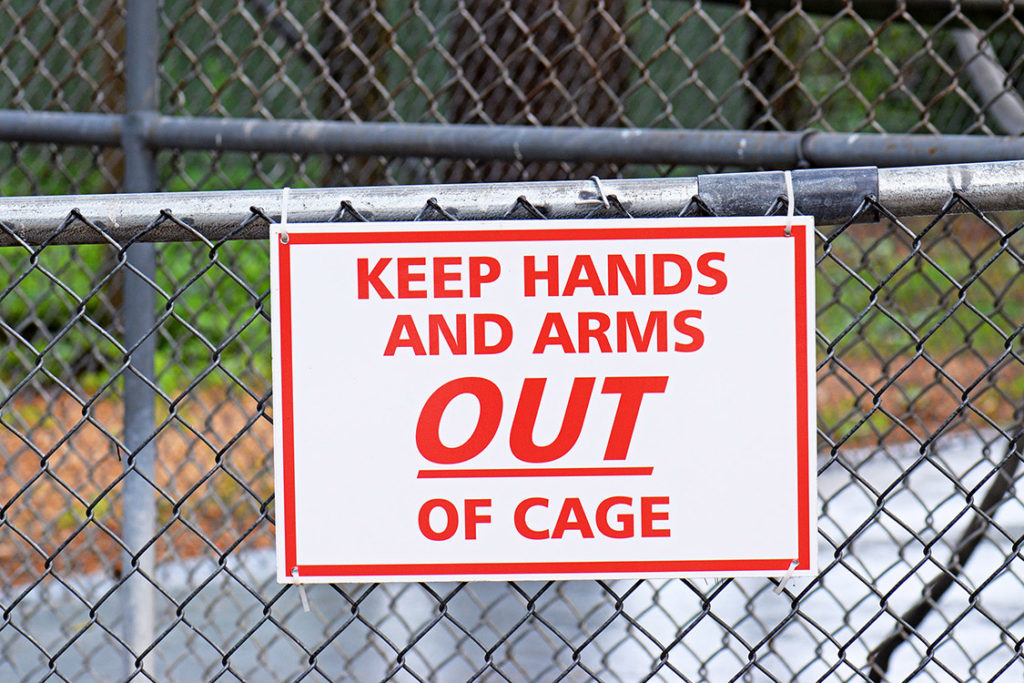Safety Always start here

Before any laboratory or field work,
safety comes first.
We will be looking at safety from different perspectives throughout this page.
Develop a Safety Checklist
Before beginning your nature adventures, develop a personalized safety checklist. You can group the procedures under different headings like “lab safety” or “outdoor safety.” And you are welcome to modify the list provided below.
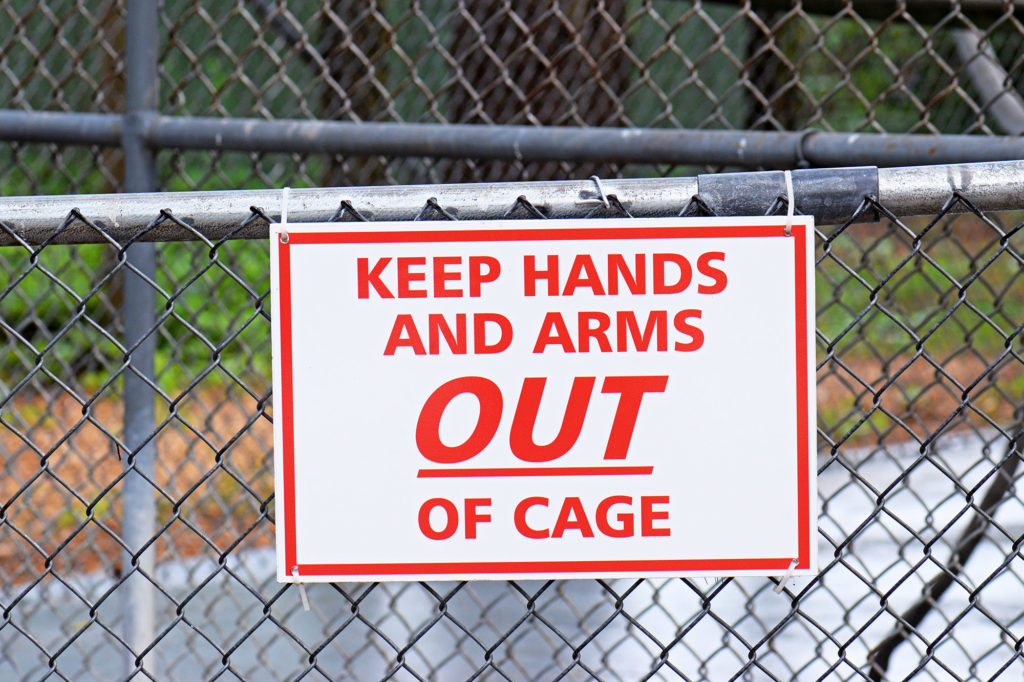
Include in your safety checklist:
-
Safety procedures for both the laboratory (indoors) and field (outdoors).
-
Personalized procedures for your location and equipment available. For example, if you use electrical equipment near water in your bathroom, that probably needs a line in your checklist.
This is my checklist. Some of the things are personal based on past experiences.
You can adopt any procedures/ideas that seem appropriate for your use. You are designing a checklist for your own locations, situations, and personal behaviors.
Your safety checklist can have headers, or a different organization. Whatever makes it most effective for use.
- Avoid potentially hazardous situations, even if it means missing a photo or video opportunity.
- Consider the safety of other people and animals at all times, especially our cats.
- Clean up work spaces, don’t leave any potentially dangerous materials behind.
- Communicate any safety concerns to Mark or whoever else may be involved.
- Follow safety directions on signs, in activities, and on product labels.
- Carry a safety kit everywhere, all the time.
- Wasp sting? Immediately take benadryl and prednisone. Epipen if necessary.
- Seek medical assistance if at all unsure about treatment.
- Wear gloves when needed; wash hands frequently.
- Wear a mask, especially while working around potential rodent feces.
- Wear protective footwear and clothing, including sun hats and long sleeves.
- Watch loose hair and clothing around animals, chemicals, and flames.
- Wear safety goggles or other protective eyewear when working with chemicals or walking along trails with low-lying branches.
- Take breaks, avoid over-exertion and use cane even if feeling great.
- Avoid “playing” with animals to reduce chance of unintentional injury (to me and/or the animals).
- It should be obvious, but don’t taste or smell without care to reduce hazard.
- Don’t eat or drink around chemicals, animals, or waste products.
- Add new safety procedures when needed.
I recommend carrying a safety kit at all times. Pre-made kits are inexpensive and readily available; the materials in this video cost less than $20 and last a long time.
Follow posted signs and directions
We don’t always have all of the information about a location. Assume warnings are posted for a reason.
Especially be careful around traffic: keep a watch on cars at all times.
Note: there is a dead animal at the end of this video.
If you are observing and potentially interacting with animals, consider safety concerns of working with potentially unpredictable organisms.
In our case, most injuries come accidentally playing with our Bengal cats. We’ll have more on their genetics and behaviors in an upcoming guide. All scratches need to be be cleaned and treated as needed: practice safety in all that you do.
